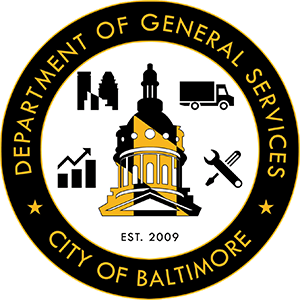


FOR IMMEDIATE RELEASE | CONTACT (410) 396 - 4069 |
Baltimore City's Department of General Services Fleet Management Division ranked 29th out of more than 38,000 public fleets in North America by the National Association of Fleet Administrators, Inc. (NAFA)
BALTIIMORE, MD — The Fleet Management division of Baltimore City has again achieved a new increased rank on the 100 Best Fleets. This is an annual ranking of the top fleet organizations in the nation facilitated by the National Association of Fleet Administrators, Inc. (NAFA).
This year the Baltimore City Fleet Management Division is ranked 29th out of more than 38,000 public fleets in North America. In 2020, the Baltimore Fleet was ranked 89th in the nation, to put this in perspective. This year's announcement shows evidence of an ever-increasing improvement which resulted in their ranking moving up 60 positions since 2020.
Among the key highlights responsible for the new ranking were:
Christopher Lyons, Chief of Baltimore City’s Fleet Management division, expressed his pride in seeing that the Fleet's rank has improved over the years. He had this to say, "I want the City to have a Fleet division that everybody can be proud of. And on a personal note, I think it's time Baltimore City had something that shines a light on the positive work members of the fleet team are doing."
Baltimore City's Fleet Management division services and maintains nearly 5,600 pieces of motorized equipment that 29 City Agencies and entities use.
NAFA is an association for professionals who manage fleet assets. NAFA is the world's largest membership association for such individuals. They conduct the annual 100 Best Fleet ranking competition, which is open to any public fleet in North, Central, and South America. The judging is based on 12 criteria for excellence – accountability, use of technology and information, collaboration, creativity, celebration, evidence of high trust culture, performance culture, doing it right the first time, quick, efficient turnaround, competitive pricing, staff development, and resource stewardship.
###